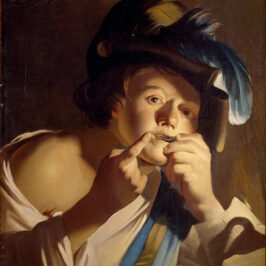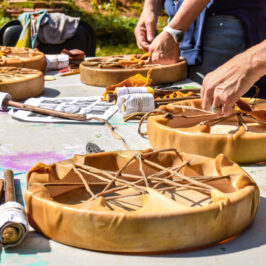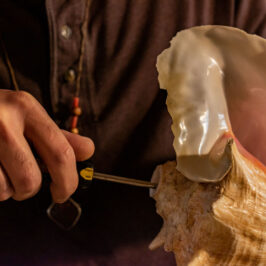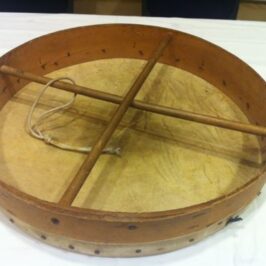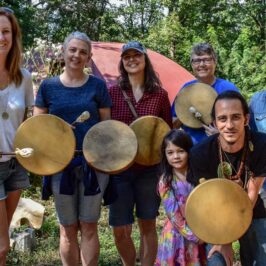Drums are more than just instruments; they are vessels of rhythm, storytelling, and connection. Their history stretches back millennia, interwoven with the cultural fabric of civilizations across the globe. Let’s embark on a journey to explore the heartbeat of the Earth: the history of drums.
Ancient Beginnings
The earliest evidence of drums dates back to prehistoric times. Simple, hand-held drums made from animal skins stretched over hollowed logs have been found in archaeological digs. These early instruments likely served a spiritual or ritualistic purpose, connecting humans to the rhythms of nature. Perhaps the drum’s deep, booming sound resonated with the heartbeat of the Earth itself, fostering a sense of connection to the natural world.
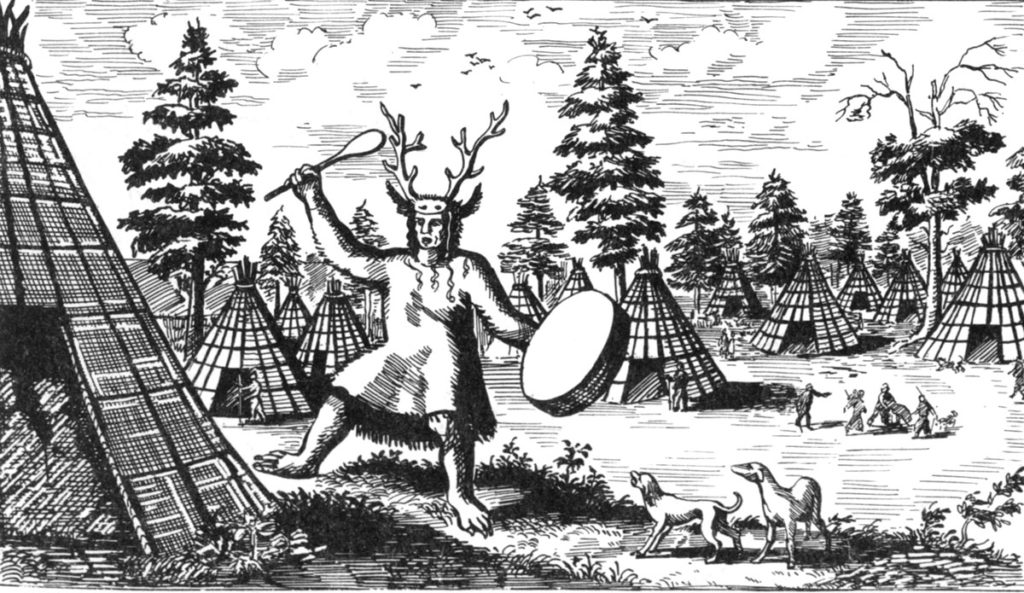
Drums Around the World: A Symphony of Cultures
As cultures developed, so did the diversity of drums. In Africa, the Djembe drum emerged, known for its deep, resonant bass tones that can be felt as much as heard. It became a vital part of religious ceremonies, social gatherings, and even communication, with complex rhythms carrying messages over vast distances. In Europe, the Bodhrán, a frame drum with a goatskin head, became a staple in Celtic music. Its bright, percussive sound added a driving energy to lively jigs and soulful laments. Asia boasts a rich tradition of hand drums like the Dhol, used in celebratory events like weddings and festivals, with its bright, high-pitched tones adding a sense of joy and merriment. The Taiko, a massive Japanese drum known for its powerful sound, found its place in both battlefield maneuvers and theatrical performances. Its booming voice could strike fear into enemies or leave audiences awestruck.
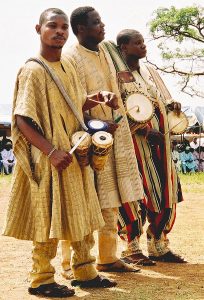
The Evolution of Drumming: From Simple Beats to Complex Polyrhythms
Throughout history, drumming techniques have evolved. From the simple beats of early instruments used to connect with the natural world, drumming developed into a sophisticated language. African and Indian drumming traditions, for instance, developed intricate polyrhythms, where multiple drummers play independent rhythmic patterns that interlock to create a mesmerizing tapestry of sound. These complex rhythms could express a wide range of emotions and ideas, from the frenetic energy of a hunt to the mournful lament of a funeral dirge.
The Power of the Drum: A Unifying Force
The drumbeat transcends cultural boundaries. It has the power to unite communities in celebration. In West Africa, the pulsating rhythms of the Djembe drum bring people together in joyous ceremonies, fostering a sense of shared experience and belonging. Similarly, the driving beat of the Bodhrán can transform a simple gathering into a lively dance party, erasing social inhibitions and creating a joyful connection. Drums have also served to inspire warriors in battle. The booming war drums of many cultures served to raise morale, synchronize movement, and strike fear into the hearts of enemies.
The drum can also provide solace in times of grief. The slow, mournful beats of funeral processions found in many cultures acknowledge loss and offer a sense of shared grief and community support.

Learning from the Past, Building the Future: Keeping the Rhythm Alive
At Archaic Roots, we honor the rich heritage of drums. We source our instruments ethically, ensuring the traditions of indigenous craftspeople are preserved. Our workshops offer the opportunity to connect with the history of drumming and create your own instrument, imbued with the stories and rhythms of the past. Imagine the ancestral beats echoing within your hand-built drum, a testament to the enduring power of this ancient instrument.
Join us on this journey! Explore our website to learn more about the workshops we offer and the instruments we create. Let the drumbeat guide you, and together, we can keep the ancient pulse of rhythm alive, ensuring this vital form of expression continues to resonate for generations to come.


